Rubber plant new leaves are not growing
Ran
last year
Related Stories
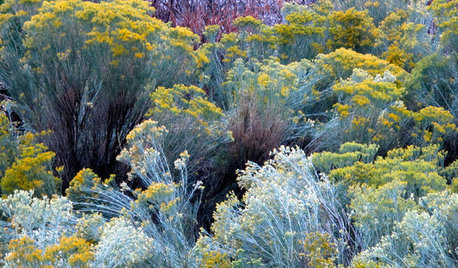
FLOWERS AND PLANTSPlant Rubber Rabbitbrush for Its Brilliant Blaze of Gold in Fall
The western North American shrub ‘Ericameria nauseosa’ has masses of tiny flowers that attract pollinators
Full Story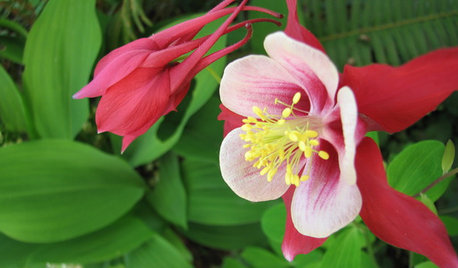
GARDENING FOR BUTTERFLIESGreat Design Plant: Columbine Grows Happily in Shade and Sun
Its ethereal beauty comes from complex forms and wide-ranging colors, but columbine’s benefits are highly attractive too
Full Story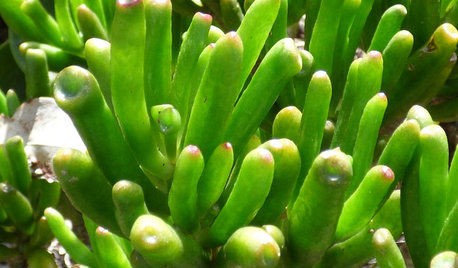
HOUSEPLANTSHow to Grow Jade Plants That Look Like Shrek’s Ears
These cute and quirky plants can be easy-care houseplants for adding green to your desk, bookshelf or tabletop
Full Story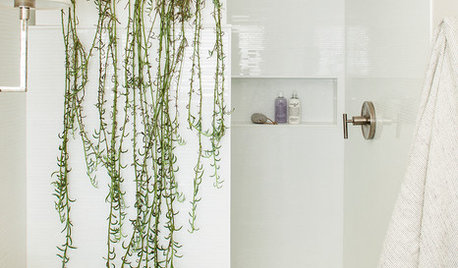
HOUSEPLANTSWhat to Know About Growing String of Bananas Plant
This quirky, trailing succulent is easy to grow on a bright windowsill or out of a hanging basket
Full Story
HOUSEPLANTS10 Top Plants to Grow Indoors
Brighten a room and clean the air with a houseplant that cascades artfully, stretches toward the ceiling or looks great on a wall
Full Story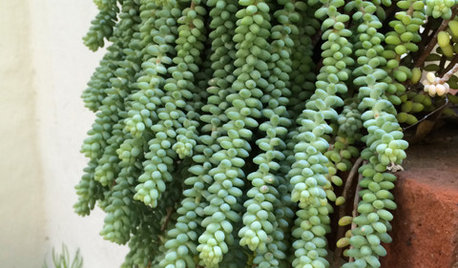
HOUSEPLANTSGrow Donkey Tail Succulent, a High-Impact, Low-Maintenance Plant
Easy-care Sedum morganianum is perfect for hanging planters and mixed containers
Full Story
GARDENING GUIDES7 New Plants to Grow for Beautiful Foliage
Add color, structure and interest to your garden with these recently introduced plants that sport exceptional foliage
Full Story
GARDENING GUIDESGrow Your Own Privacy: How to Screen With Plants and Trees
Use living walls to lower your home and garden's exposure while boosting natural beauty in your landscape
Full Story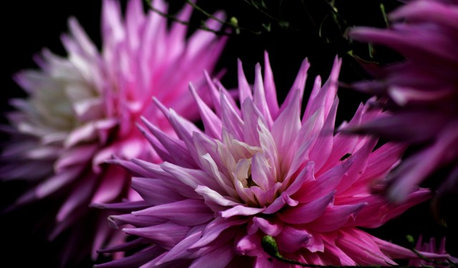
GARDENING GUIDESPlanting Guide: How to Grow Dahlias
Plant these quick-growing bloomers in spring for a dazzling flower display from midsummer to fall
Full Story
GARDENING GUIDESGot Allergies? 9 Plants to Avoid and What to Grow Instead
Having allergies doesn’t need to mean giving up your garden. Here are some options that will let you garden sneeze-free
Full Story






RanOriginal Author
RanOriginal Author
Related Discussions
Can A Tomato Plant Revive and Grow New Leaves From Only A Stem?
Q
Rubber Tree Plant...New Leaves in December
Q
Rubber Plant Dying - Drooping Leaves
Q
Rubber plant leaves
Q
RanOriginal Author
tapla (mid-Michigan, USDA z5b-6a)
tapla (mid-Michigan, USDA z5b-6a)
tapla (mid-Michigan, USDA z5b-6a)